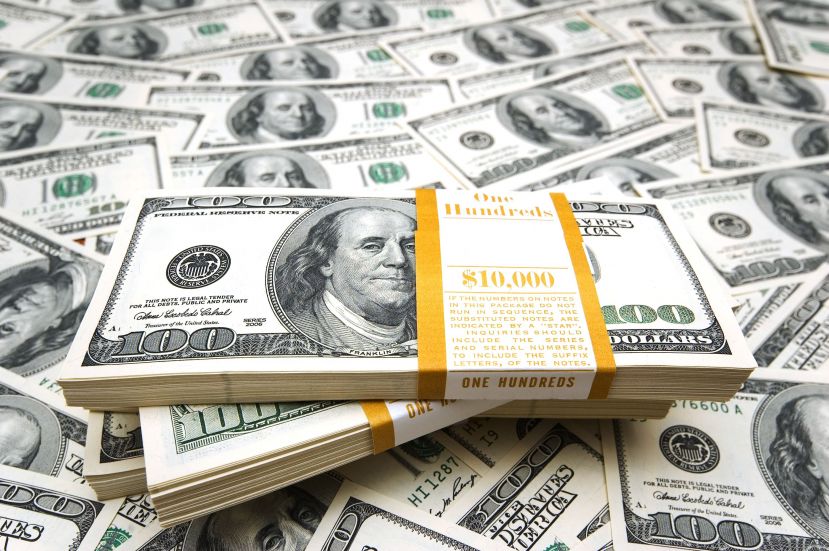Energy efficiency is a topic of concern all around the world. The United States has addressed this topic by giving commercial businesses a tax deduction called Section 179D. This tax deduction was created to benefit commercial businesses that are either already built to meet energy efficient standards, or buildings that are being retrofitted to conform to current energy regulations. Over the years energy efficiency standards have grown and become more rigid. This has helped to decrease America’s carbon footprint. The Energy Policy Act, EPACT, allows for a tax deduction of $1.80 at the highest range per square foot and $1.30 at the lowest range.
Ways to Reduce Energy Costs
A commercial business can reduce their energy costs in several ways in order to be certified and meet the requirements needed to apply for the understanding Section 179D tax deduction. A building must be inspected by professional engineers in order to be certified. Before a commercial building owner goes through the process of hiring an engineer for inspection they should be sure to make energy efficient improvements that will get them the biggest tax deduction possible.
Energy Efficient Construction Tax Rates
- HVAC – Partial Tax Deduction of up to $0.60
- Lighting – Partial Tax Deduction of up to $0.60
- Building Envelope – Partial Tax Deduction of up to $0.60
- 25% to 40% Reduction in the Density of Lighting Power Earns a $0.30 to $0.60
- Multiple Requirements Met Earn $1.20 to $1.80
Hire a Professional Engineering Firm
You will need energy analysis tests performed to justify the savings incurred concerning energy. These tests will make sure that you are indeed saving energy compared to the energy cost sustained before the changes to a commercial building. These types of tests can only be performed by engineers that have been formally approved by the Internal Revenue Service. It is also imperative that the engineering firm you use is within the same jurisdiction as the building, so all state and local standards are met according to the law.
What Type of Buildings Qualify for the 179D?
Any size of commercial building qualifies for this tax incentive. There are other types of buildings that qualify too and include government owned buildings, retrofits, commercial renovations, and apartment buildings that are at least four stories and for lease. Government buildings cannot receive the tax deduction themselves, but can give the deduction to the architects, engineers, and designers that constructed the building instead. A good example of a government building is a public school or even a public library.






